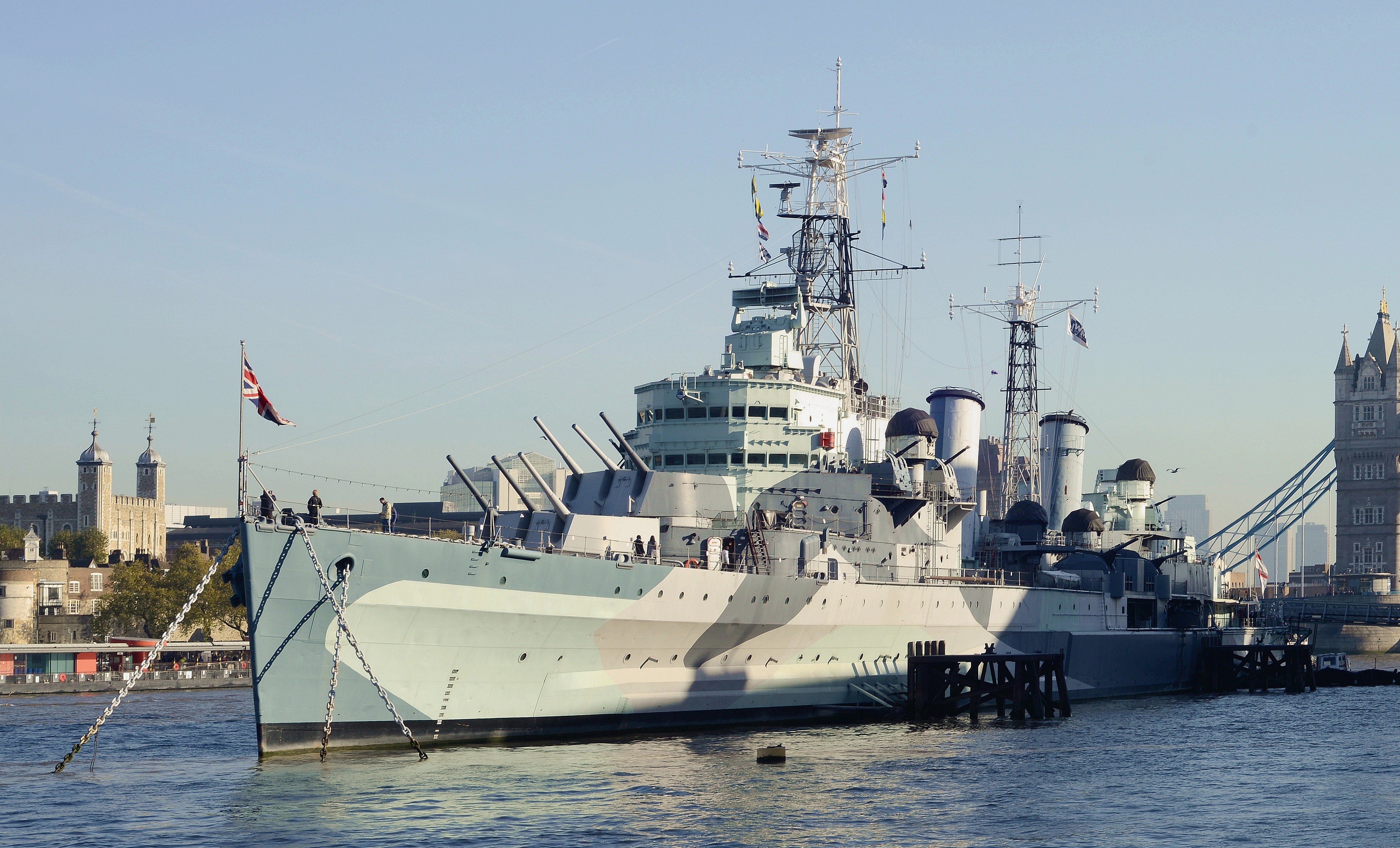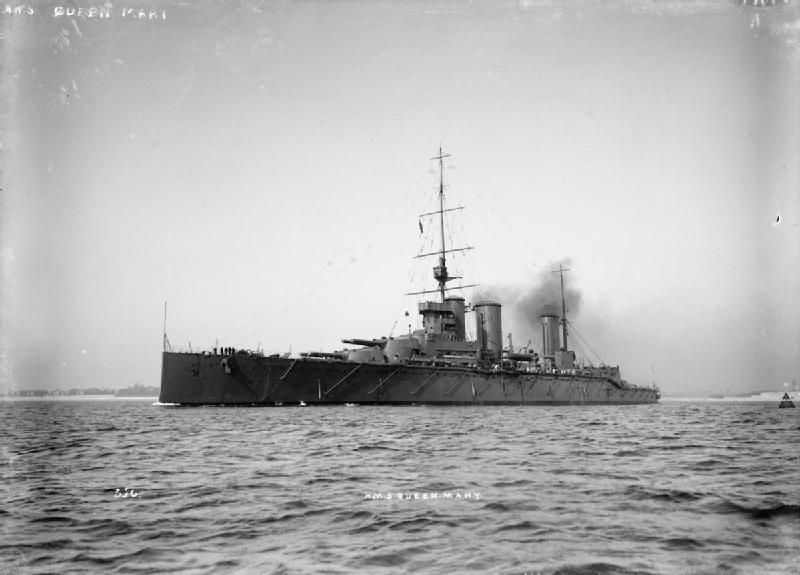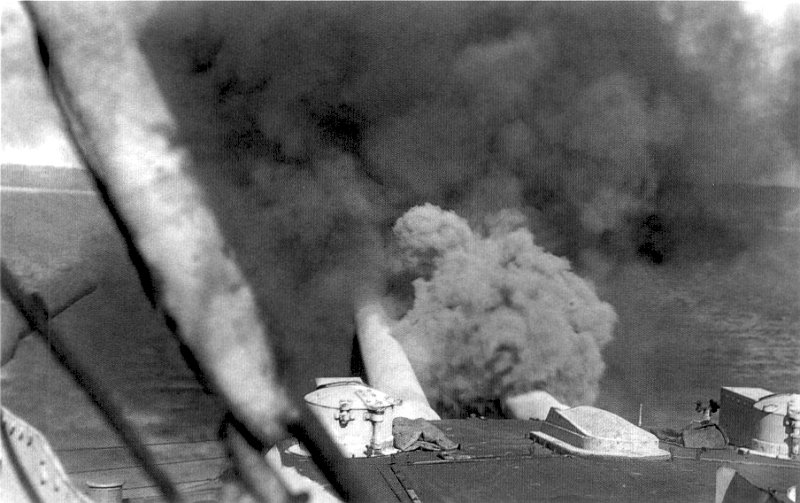|
Lord Nelson-class Battleship
The ''Lord Nelson'' class consisted of a pair of pre-dreadnought battleships built for the Royal Navy in the first decade of the twentieth century. Although they were the last British pre-dreadnoughts, both were completed and commissioned well over a year after had entered service in late 1906. and were assigned to the Home Fleet when completed in 1908, with the former ship often serving as a flagship. The sister ships were transferred to the Channel Fleet when the First World War began in August 1914. They were transferred to the Mediterranean Sea in early 1915 to participate in the Dardanelles Campaign. They remained there after the end of that campaign in 1916 and were assigned to the Eastern Mediterranean Squadron, which was later redesignated the Aegean Squadron, to prevent the ex-German battlecruiser and her consort, the light cruiser , from breaking out into the Mediterranean from the Dardanelles, although neither ship was present when the German ships made that at ... [...More Info...] [...Related Items...] OR: [Wikipedia] [Google] [Baidu] |
Palmers Shipbuilding And Iron Company
Palmers Shipbuilding and Iron Company Limited, often referred to simply as "Palmers", was a United Kingdom of Great Britain and Ireland, British shipbuilder, shipbuilding company. The company was based in Jarrow, County Durham, in north-eastern England, and had operations in Hebburn and Willington Quay on the River Tyne. History Early history and growth The company was established in 1852 by Sir Charles Palmer, 1st Baronet, Charles Mark Palmer as Palmer Brothers & Co. in Jarrow. Later that year it launched the ''John Bowes (Steamship), John Bowes'', the first Screw steamer, iron screw Collier (ship type), collier. By 1900, the business was known as Palmers Shipbuilding and Iron Company. At that time, besides building ships, it manufactured and processed its own steel and other metals, and its products included Reed water tube boilers and marine steam engines. By 1902, Palmers' base at Jarrow occupied about 100 acres (41 hectares) and included 0.75 miles (1.2&n ... [...More Info...] [...Related Items...] OR: [Wikipedia] [Google] [Baidu] |
Pre-dreadnought Battleship
Pre-dreadnought battleships were sea-going battleships built from the mid- to late- 1880s to the early 1900s. Their designs were conceived before the appearance of in 1906 and their classification as "pre-dreadnought" is retrospectively applied. In their day, they were simply known as "battleships" or else more rank-specific terms such as "first-class battleship" and so forth. The pre-dreadnought battleships were the pre-eminent warships of their time and replaced the ironclad warship, ironclad battleships of the 1870s and 1880s. In contrast to the multifarious development of ironclads in preceding decades, the 1890s saw navies worldwide start to build battleships to a common design as dozens of ships essentially followed the design of the Royal Navy's . Built from steel, protected by compound armour, compound, nickel steel or case-hardening, case-hardened steel armor, pre-dreadnought battleships were driven by coal-fired boilers powering triple-expansion steam engine, compou ... [...More Info...] [...Related Items...] OR: [Wikipedia] [Google] [Baidu] |
Dardanelles
The Dardanelles ( ; ; ), also known as the Strait of Gallipoli (after the Gallipoli peninsula) and in classical antiquity as the Hellespont ( ; ), is a narrow, natural strait and internationally significant waterway in northwestern Turkey that forms part of the continental boundary between Asia and Europe and separates Asian Turkey from European Turkey. Together with the Bosporus, the Dardanelles forms the Turkish Straits. One of the world's narrowest straits used for International waterway, international navigation, the Dardanelles connects the Sea of Marmara with the Aegean Sea, Aegean and Mediterranean Sea, Mediterranean seas while also allowing passage to the Black Sea by extension via the Bosporus. The Dardanelles is long and wide. It has an average depth of with a maximum depth of at its narrowest point abreast the city of Çanakkale. The first fixed crossing across the Dardanelles opened in 2022 with the completion of the 1915 Çanakkale Bridge. Most of the northe ... [...More Info...] [...Related Items...] OR: [Wikipedia] [Google] [Baidu] |
Light Cruiser
A light cruiser is a type of small or medium-sized warship. The term is a shortening of the phrase "light armored cruiser", describing a small ship that carried armor in the same way as an armored cruiser: a protective belt and deck. Prior to this smaller cruisers had been of the protected cruiser model, possessing armored decks only. While lighter and smaller than other contemporary ships they were still true cruisers, retaining the extended radius of action and self-sufficiency to act independently around the world. Cruisers mounting larger guns and heavier armor relative to most light cruisers would come to be known as heavy cruisers, though the designation of 'light' versus 'heavy' cruisers would vary somewhat between navies. Through their history light cruisers served in a variety of roles, primarily on long-range detached patrol work, covering other military operations or global shipping lanes, as scouts and fleet support vessels for battle fleets, as destroyer command ship ... [...More Info...] [...Related Items...] OR: [Wikipedia] [Google] [Baidu] |
Battlecruiser
The battlecruiser (also written as battle cruiser or battle-cruiser) was a type of capital ship of the first half of the 20th century. These were similar in displacement, armament and cost to battleships, but differed in form and balance of attributes. Battlecruisers typically had thinner armour (to a varying degree) and a somewhat lighter main gun battery than contemporary battleships, installed on a longer hull with much higher engine power in order to attain greater speeds. The first battlecruisers were designed in the United Kingdom as a successor to the armoured cruiser, at the same time as that the dreadnought succeeded the pre-dreadnought battleship. The goal of the battlecruiser concept was to outrun any ship with similar armament, and chase down any ship with lesser armament; they were intended to hunt down slower, older armoured cruisers and destroy them with heavy gunfire while avoiding combat with the more powerful but slower battleships. However, as more and more ... [...More Info...] [...Related Items...] OR: [Wikipedia] [Google] [Baidu] |
Eastern Mediterranean Squadron
The Eastern Mediterranean Squadron later known as the British Aegean Squadron was a formation (military), naval formation of the Mediterranean Fleet based at Mudros from 1914 to 1916. It then alternated between Mudros on the island of Lemnos and Salonika from 1917 to 1919. History The Eastern Mediterranean Squadron was established in September 1914 as a sub-command of the Mediterranean Fleet. It was heavily involved in the Naval operations in the Dardanelles campaign, 1915. Vice Admiral Carden directed operations from 19 February 1915 until early March. That day the Commander-in-Chief, Eastern Mediterranean had under his orders the Chief of Staff, East Mediterranean; the Second in Command, Eastern Mediterranean; and the Senior Naval Officer, Mudros. On 19 February, two destroyers were sent in to probe the straits and the first shot was fired from Kumkale by the Krupp guns of the Orhaniye Tepe battery at 07:58. The battleships and moved in to engage the forts and ''Cornwallis'' o ... [...More Info...] [...Related Items...] OR: [Wikipedia] [Google] [Baidu] |
Mediterranean Sea
The Mediterranean Sea ( ) is a sea connected to the Atlantic Ocean, surrounded by the Mediterranean basin and almost completely enclosed by land: on the east by the Levant in West Asia, on the north by Anatolia in West Asia and Southern Europe, on the south by North Africa, and on the west almost by the Morocco–Spain border. The Mediterranean Sea covers an area of about , representing 0.7% of the global ocean surface, but its connection to the Atlantic via the Strait of Gibraltar—the narrow strait that connects the Atlantic Ocean to the Mediterranean Sea and separates the Iberian Peninsula in Europe from Morocco in Africa—is only wide. Geological evidence indicates that around 5.9 million years ago, the Mediterranean was cut off from the Atlantic and was partly or completely desiccation, desiccated over a period of some 600,000 years during the Messinian salinity crisis before being refilled by the Zanclean flood about 5.3 million years ago. The sea was an important ... [...More Info...] [...Related Items...] OR: [Wikipedia] [Google] [Baidu] |
First World War
World War I or the First World War (28 July 1914 – 11 November 1918), also known as the Great War, was a World war, global conflict between two coalitions: the Allies of World War I, Allies (or Entente) and the Central Powers. Fighting took place mainly in European theatre of World War I, Europe and the Middle Eastern theatre of World War I, Middle East, as well as in parts of African theatre of World War I, Africa and the Asian and Pacific theatre of World War I, Asia-Pacific, and in Europe was characterised by trench warfare; the widespread use of Artillery of World War I, artillery, machine guns, and Chemical weapons in World War I, chemical weapons (gas); and the introductions of Tanks in World War I, tanks and Aviation in World War I, aircraft. World War I was one of the List of wars by death toll, deadliest conflicts in history, resulting in an estimated World War I casualties, 10 million military dead and more than 20 million wounded, plus some 10 million civilian de ... [...More Info...] [...Related Items...] OR: [Wikipedia] [Google] [Baidu] |
Channel Fleet
The Channel Fleet and originally known as the Channel Squadron was the Royal Navy formation of warships that defended the waters of the English Channel from 1854 to 1909 and 1914 to 1915. History Throughout the course of Royal Navy's history there had been different squadrons stationed in home waters. One of the earliest known naval formations to be based at Plymouth was called the Western Squadron which was the forerunner of the Channel Squadron that was later known as the Channel Fleet. In 1650 Captain William Penn, Commander-in-Chief, was charged with guarding the Channel from Beachy Head to Lands End with six ships. This system continued following the Restoration. It was the start of what was to become a Western Squadron. From 1690 the squadron operated out of Plymouth Dockyard during wartime periods, which was for most of the 18th century and early 19th century. In 1854 The Channel Squadron, sometimes known as the Particular Service Squadron, was established. The Channel Sq ... [...More Info...] [...Related Items...] OR: [Wikipedia] [Google] [Baidu] |
Sister Ship
A sister ship is a ship of the same Ship class, class or of virtually identical design to another ship. Such vessels share a nearly identical hull and superstructure layout, similar size, and roughly comparable features and equipment. They often share a common naming theme, either being named after the same type of thing or person (places, constellations, heads of state) or with some kind of alliteration. Typically the ship class is named for the first ship of that class. Often, sisters become more differentiated during their service as their equipment (in the case of naval vessels, their armament) are separately altered. For instance, the U.S. warships , , , and are all sister ships, each being an . Perhaps the most famous sister ships were the White Star Line's s trio, consisting of , and . As with some other liners, the sisters worked as running mates. Of the three sister ships, ''Titanic'' and ''Britannic'' would both sink within a year of being launched, while RMS ''O ... [...More Info...] [...Related Items...] OR: [Wikipedia] [Google] [Baidu] |
Flagship
A flagship is a vessel used by the commanding officer of a group of navy, naval ships, characteristically a flag officer entitled by custom to fly a distinguishing flag. Used more loosely, it is the lead ship in a fleet of vessels, typically the first, largest, fastest, most heavily armed, or best known. Over the years, the term "flagship" has become a metaphor used in industries such as broadcasting, automobiles, education, technology, airlines, and retail to refer to their highest quality, best known, or most expensive products and locations. Naval use In common naval use, the term ''flagship'' is fundamentally a temporary designation; the flagship is wherever the admiral's flag is being flown. However, admirals have always needed additional facilities, including a meeting room large enough to hold all the captains of the fleet and a place for the admiral's staff to make plans and draw up orders. Historically, only larger ships could accommodate such requirements. The ter ... [...More Info...] [...Related Items...] OR: [Wikipedia] [Google] [Baidu] |







